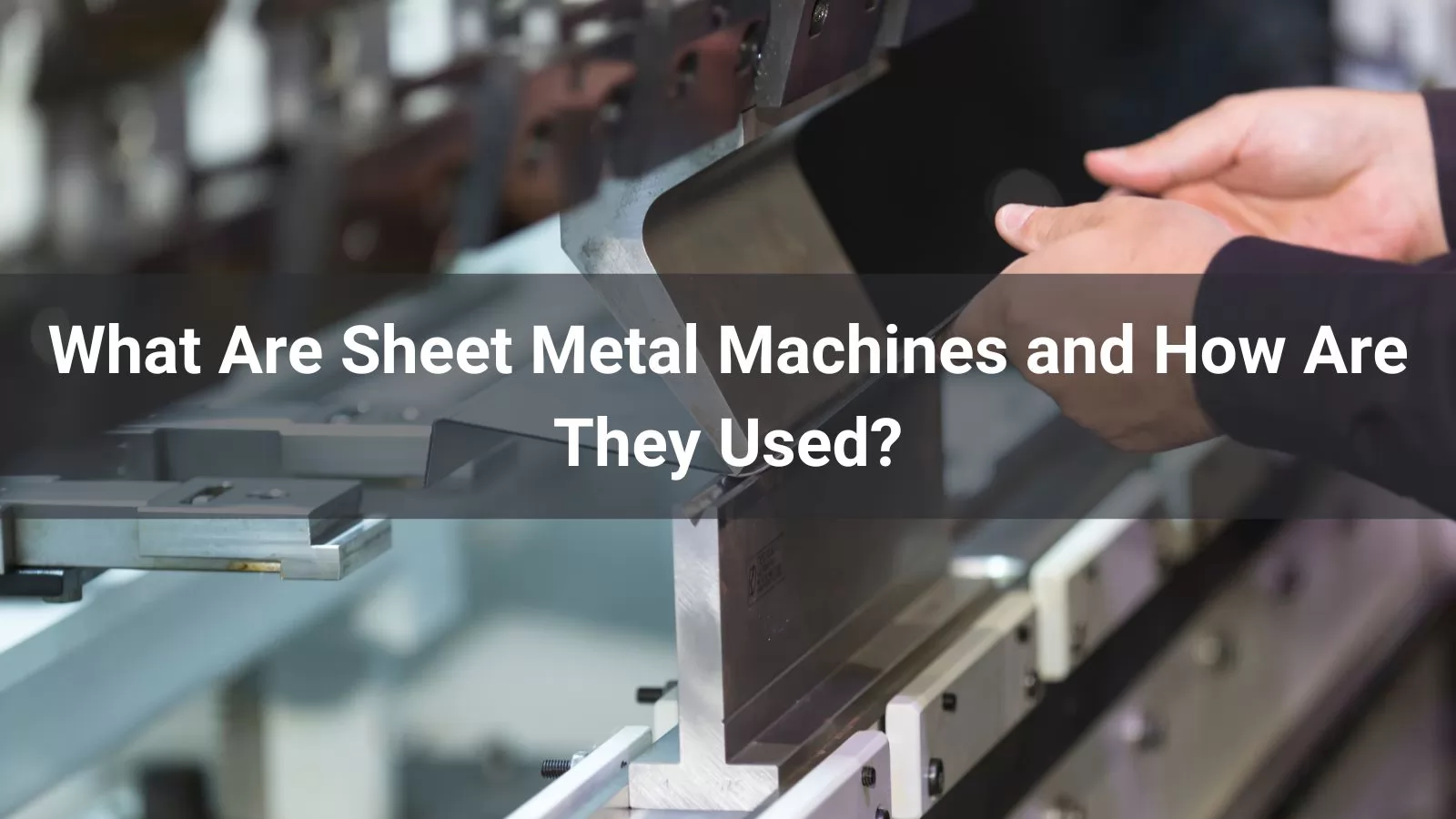





Sheet metal machines are essential tools in modern manufacturing, enabling industries to cut, shape, form, and assemble thin, flat pieces of metal into a wide range of products and components. These machines are integral to sectors such as automotive, aerospace, construction, HVAC, and general fabrication, offering precision and efficiency when working with materials like steel, aluminum, brass, and copper. This article explores the types of sheet metal machines, their functions, and how they are used in industrial applications.
Sheet metal machines are specialized equipment designed to manipulate sheet metal—thin, flat metal sheets typically less than 6mm thick. These machines perform tasks such as cutting, bending, punching, rolling, and welding to transform raw metal into functional parts or structures. From simple brackets to complex automotive panels, sheet metal machines enable the production of diverse components with high accuracy and repeatability.
Sheet metal machines come in various forms, each tailored to specific tasks. Below is an overview of the most common types and their primary functions:
Shearing Machines
Shearing machines use sharp blades to cut large metal sheets into smaller, precise pieces with straight edges. They are ideal for trimming or sizing metal sheets in preparation for further processing. Examples include guillotine shears and power shears, widely used in fabrication shops.
Press Brakes
Press brakes bend sheet metal into specific angles or shapes by pressing it between a punch and die. These machines are crucial for creating components like brackets, enclosures, and chassis. CNC press brakes, in particular, offer automated, high-precision bending for complex parts.
Punching Machines
Punching machines create holes, slots, or other cutouts in sheet metal using a punch and die. They are used to produce perforated panels or structural components. Turret punch presses, for instance, allow for versatile, multi-shape punching in a single setup.
Laser Cutting Machines
Laser cutting machines employ high-powered lasers to cut intricate shapes or patterns with exceptional precision. They are perfect for producing complex designs, such as decorative panels or aerospace components. Fiber laser cutters are popular for their speed and accuracy.
Rolling Machines
Rolling machines curve or roll sheet metal into cylindrical or conical shapes. They are used to manufacture pipes, tanks, or curved structural elements. Plate rollers, for example, are designed to form large metal cylinders efficiently.
Stamping Presses
Stamping presses apply high force to form, emboss, or cut metal using custom dies. They are commonly used in mass production for parts like appliance panels or car body components. Mechanical and hydraulic stamping presses cater to different production needs.
Welding Machines
Welding machines join sheet metal pieces through processes like MIG, TIG, or spot welding. They are essential for assembling metal structures, such as frames or enclosures. Robotic welders enhance consistency in high-volume production.
CNC Folding Machines
CNC folding machines automatically fold or bend metal using computer numerical control for precision and repeatability. They are ideal for high-volume production of complex parts with minimal human intervention.
The operation of sheet metal machines typically follows a structured process:
Design and Programming: For CNC-based machines, designs are created using CAD/CAM software, which programs the machine to execute precise cuts, bends, or forms. This ensures accuracy and consistency in production.
Material Preparation: Sheet metal, available in coils or flat sheets, is loaded onto the machine and secured for processing. The choice of material and thickness depends on the project requirements.
Operation: Operators or automated systems control the machine to perform tasks like cutting, bending, or welding. Modern machines often leverage CNC technology for enhanced precision and reduced labor.
Finishing: After processing, parts may undergo deburring, painting, or coating to meet aesthetic or functional specifications.
Applications: Sheet metal machines produce a wide range of products, from small components like fittings and brackets to large structures like vehicle bodies and building panels.
Sheet metal machines are valued for several key attributes:
Precision: Machines like laser cutters and CNC press brakes deliver high accuracy, enabling the creation of intricate designs and tight tolerances.
Automation: Many modern machines are fully or semi-automated, improving efficiency and reducing human error in high-volume production.
Versatility: These machines can process various metals and thicknesses, from thin aluminum sheets to heavy-gauge steel, making them adaptable to diverse applications.
Working with sheet metal machines requires strict adherence to safety protocols due to the involvement of sharp tools, high forces, and intense heat. Operators must wear appropriate protective gear and follow machine-specific guidelines. Regular maintenance is also critical to ensure consistent performance and extend the lifespan of the equipment. Additionally, material properties, such as thickness and ductility, must be considered when selecting the appropriate machine and settings to avoid defects or damage.
Sheet metal machines are the backbone of industries that rely on precise metal fabrication. From shearing and bending to laser cutting and welding, these machines enable the transformation of raw sheet metal into functional and complex components. Their precision, automation, and versatility make them indispensable in modern manufacturing. Whether you're producing automotive parts, aerospace components, or architectural elements, understanding the capabilities of sheet metal machines is key to achieving high-quality results.




Fastest
Installation

Top-Notch
Equipment

24/7 Customer
Support

100% Secured
Payment
